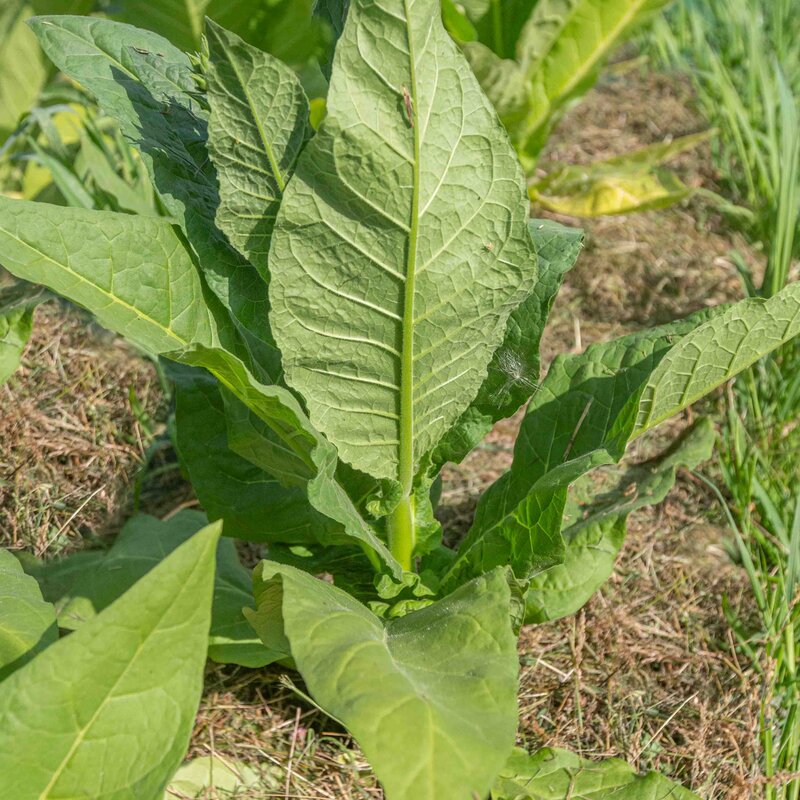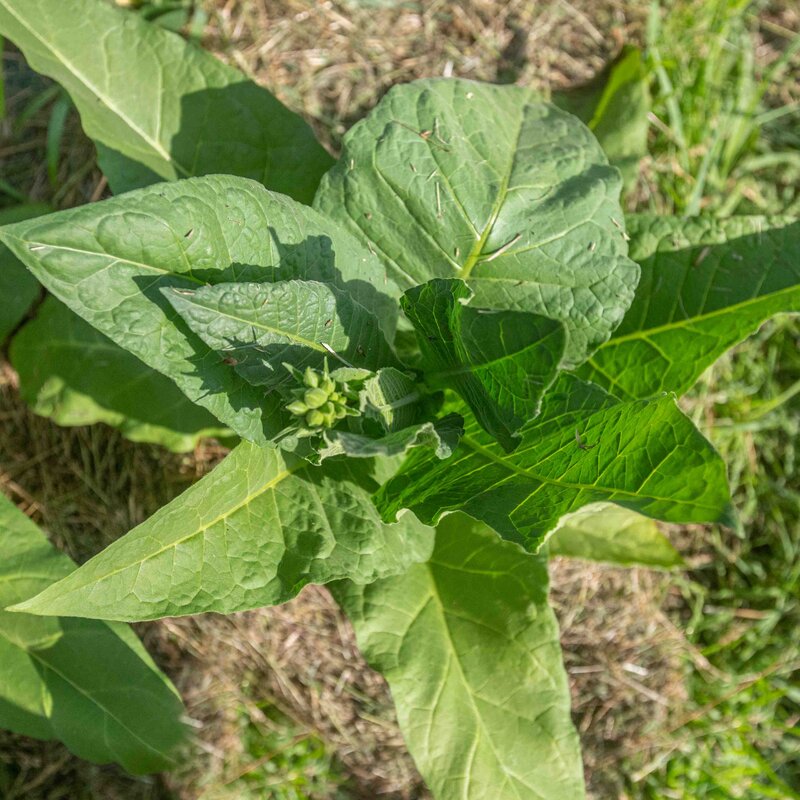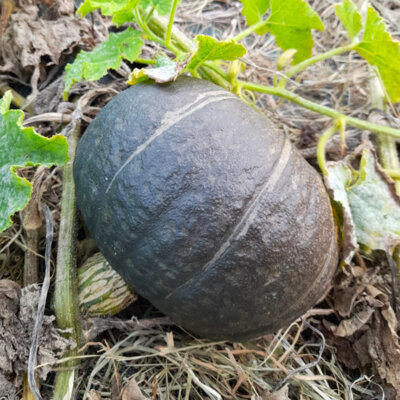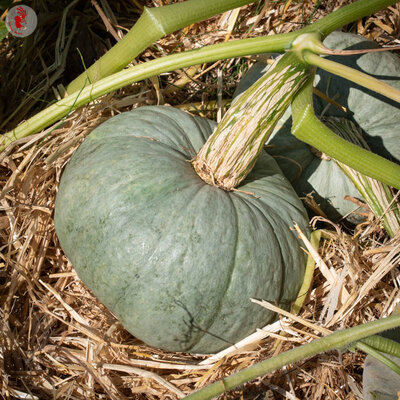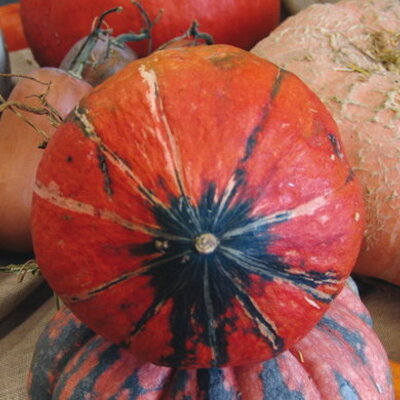Glessnor - Tobacco
This 2-m-high variety produces leaves 45 cm long and 25 cm wide. They offer a powerful fragrance and medium nicotine content.
These products may also be of interest to you
in bucket
Sow in trays, under light cover, at a temperature of around 18°C. Cover superficially with soil. Transplant into individual cups when plants reach several leaves. Plant out after the last frosts. Dwarf varieties should be spaced 20 cm apart in all directions and full-grown varieties 80 cm apart in all directions.
March, April, May
June, July, August, September
in the ground, in pot
sunny
medium
humus
rich, fees, drained
Nicotiana tabacum
early
400 seeds
Light green
From 150 to 200 cm
From 40 to 50 cm
round
United States
Today, we know that it's the hundreds of chemicals, additives and addictives (present by the thousands in cigarette smoke) that make tobacco a deadly plant. The tobacco industry and the economic stakes generated by its sale present it to us as a highly carcinogenic plant, and with good reason, but it's important to differentiate between Tobacco, a medicinal and sacred plant, and what is sold to us under the label "smoking kills". Often called the "master plant" by many tribes, it has always been used by gastrointestinal or respiratory route - in juice, chewed or smoked - for its many uses. In particular, it is highly prized for treating migraines. In homeopathy, a very low dose of Nicotiana tabacum is also prescribed for migraines, nausea, vomiting and circulation problems. Tobacco is apparently still used to combat parasites. Historically, it was used to relieve asthma, coughs, rheumatism, gout, pain and neuralgia, epilepsy and to make purgative enemas. In 1614, physician William Barkley wrote: "Used in moderation, there is no medicine comparable to tobacco. Everything in this plant has curative virtues". Amerindian peoples and many Latin American tribes use tobacco ceremonially to communicate with spirits (through smoke), thank the Creator, pray for good harvests and fish catches, make peace with enemies (peace pipe) or during rites of passage.



